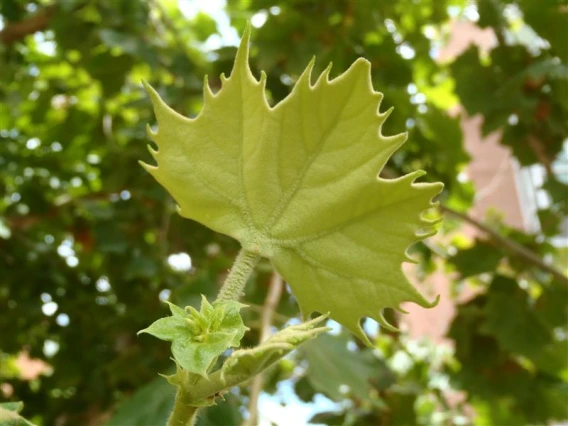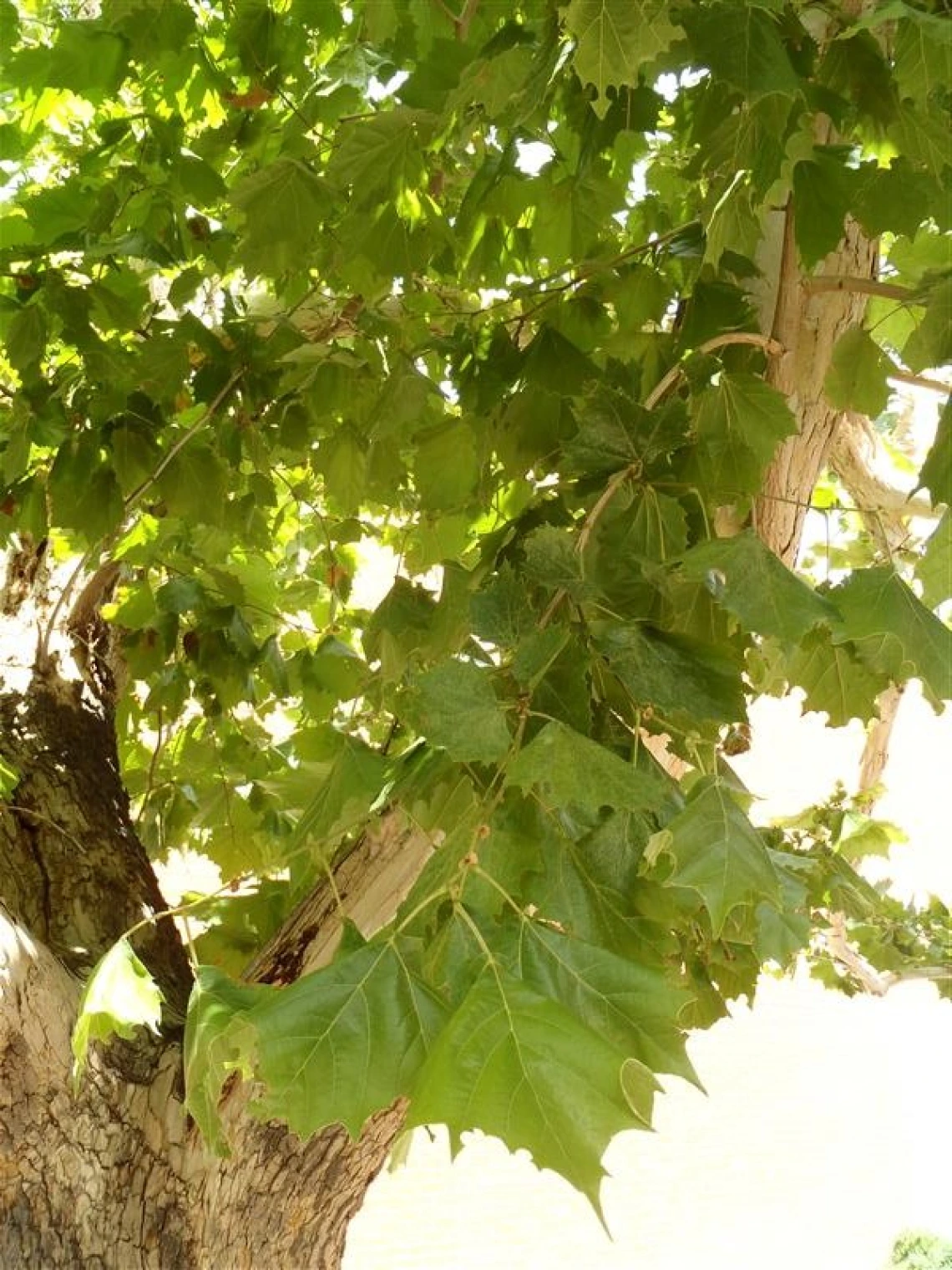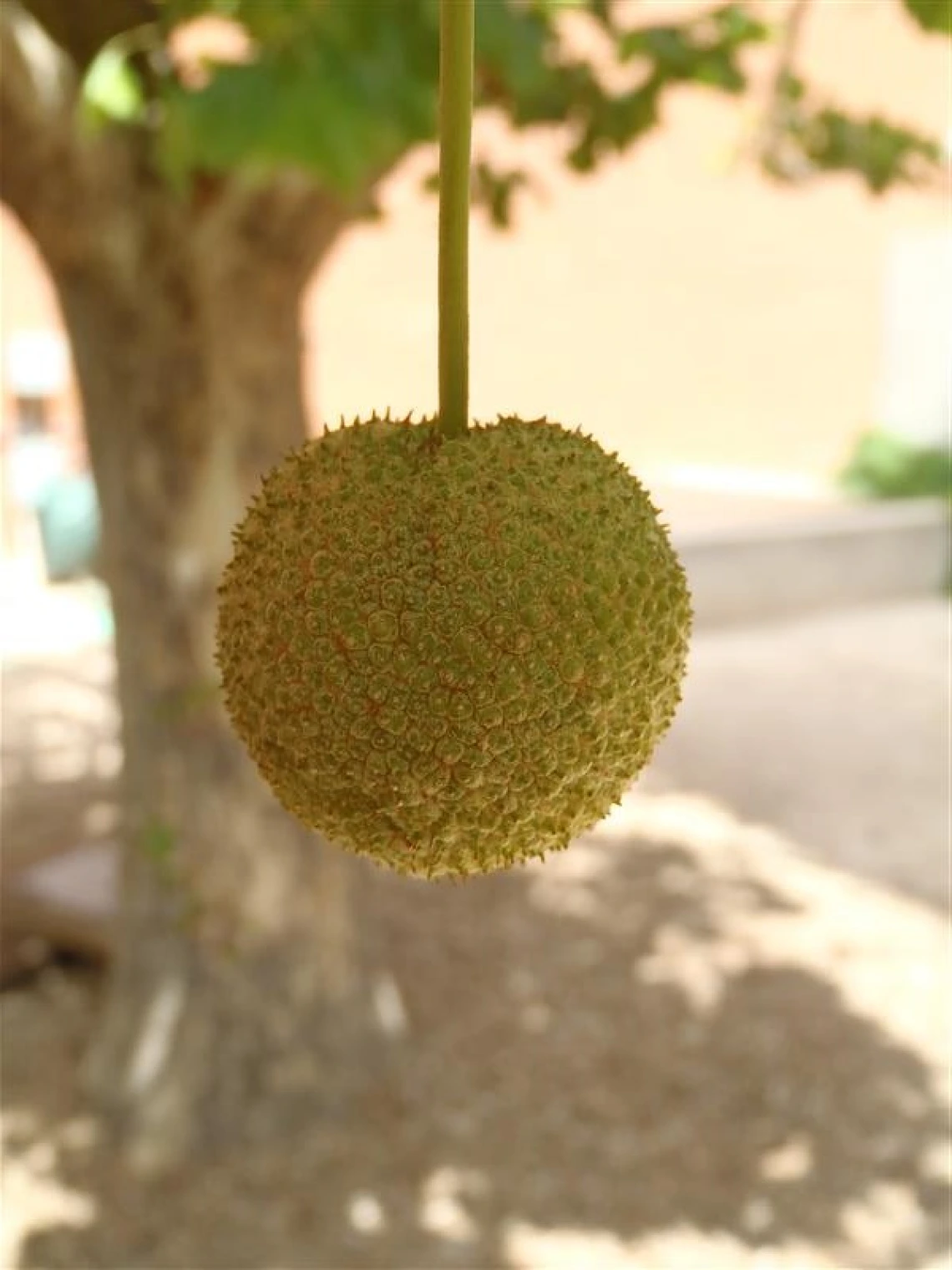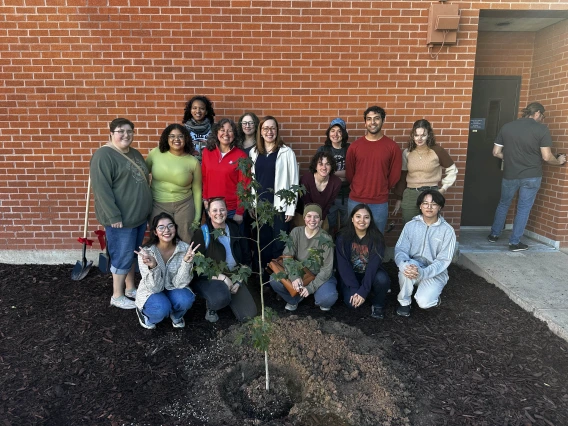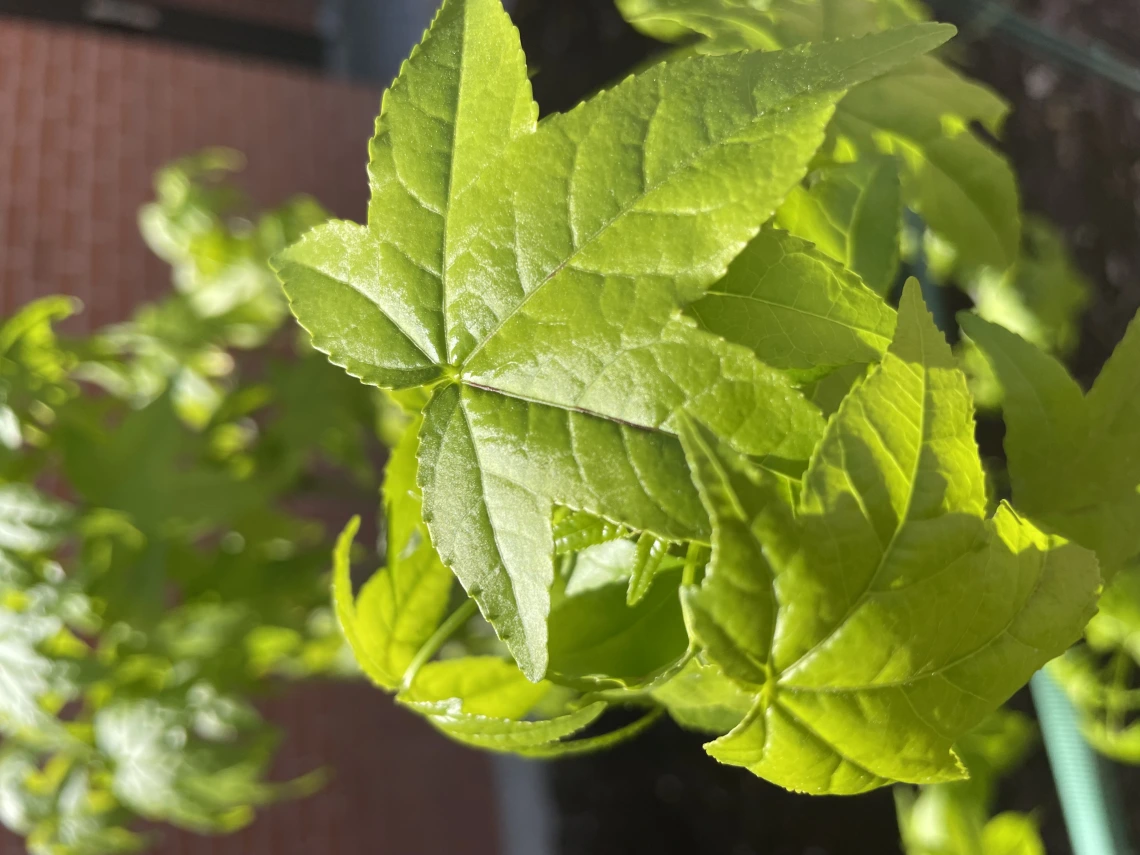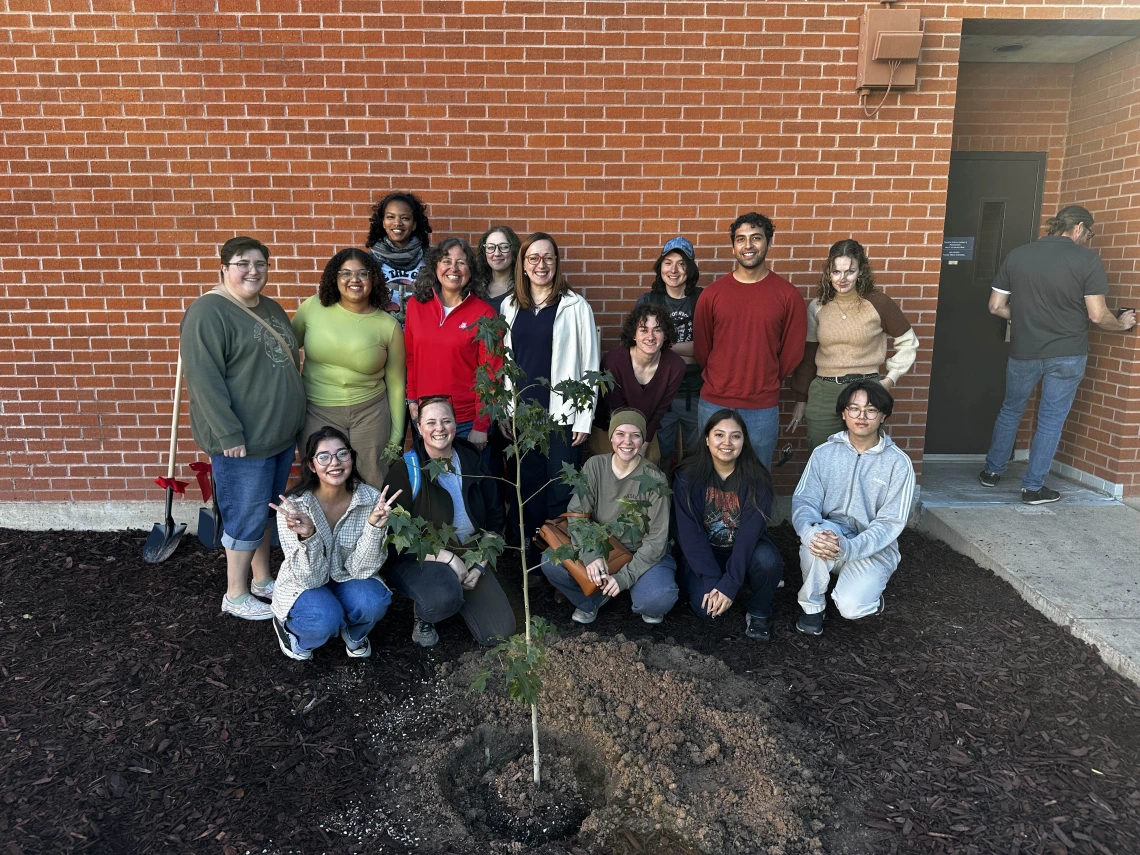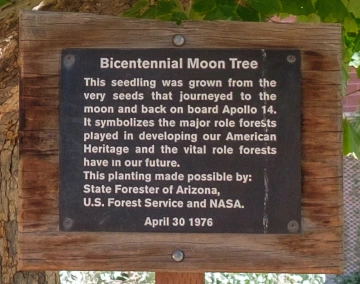
When the Apollo 14 launched in January 1971 Alan Shepard and Edgar Mitchell were accompanied by Stuart Roosa, a former U.S. Forest Service smoke jumper. Packed in small containers in Roosa's personal kit were hundreds of tree seeds, part of a joint NASA/USFS project to determine the effect of weightlessness on germination. After the experiment was completed, the USFS gifted the seedlings to various institutions. The trees were known as “Moon Trees”. To read the full story, visit this site. https://nssdc.gsfc.nasa.gov/planetary/lunar/moon_tree.html
The University of Arizona was lucky enough to receive a sycamore that has grown since that time by the Kuiper Lunar and Planetary Sciences and Planetarium buildings. Photos taken of the tree over time are shown below.
Welcome Artemis I Moon Tree!
In a nod to the legacy of the Apollo 14, and to celebrate of the future of space exploration with NASA’s Artemis Program, a “New generation” of Moon Tree seeds traveled into lunar orbit aboard the Orion spacecraft. The seeds travelled thousands of miles beyond the Moon spending about 4 weeks in space before returning to Earth. NASA’s Office of STEM Engagement partnered with U.S. Department of Agriculture Forest Services to fly five species of tree seeds aboard Artemis I as part of a national STEM Engagement and conservation education initiative. Trees grown from this seed are known as "Artemis Moon Trees".Through NASA’s Office of STEM Engagement (OSTEM) and NASA’s Artifact Module, museums, universities, federal agencies, including NASA Field Centers, and K-12 serving organizations were invited to apply for ownership of a Moon Tree seedling.
With leadership from the Lunar and Planetary Sciences Department and the Campus Arboretum, the University of Arizona submitted an application and were selected as to receive an Artemis Moon Tree in the first distribution cycle in Spring 2024! The seedling is a "sweet gum", known by the scientific name Liquidambar styraciflua. To learn more about the species, visit the Campus Arboretum species description page here.




